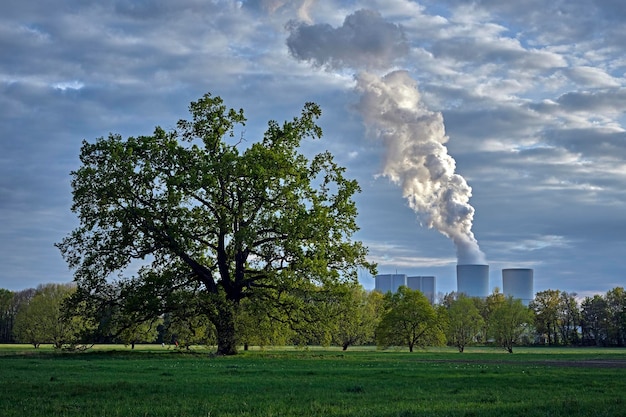FAQs About Carbon Capture Answered
With rising global temperatures and increasing pressure to meet climate goals, the need for effective carbon reduction strategies has never been more urgent. Among the most promising technologies in this space is carbon capture, a method designed to reduce carbon dioxide (CO₂) emissions from industrial and energy-related sources. While the concept has gained attention, many people still have questions about how it works and why it matters. Below, we answer some of the most frequently asked questions about carbon capture.
What is carbon capture?
Carbon capture refers to the process of trapping carbon dioxide emissions from sources like power plants, factories, and industrial facilities before they enter the atmosphere. The captured CO₂ can then be stored underground or reused in various industrial processes.
Why is carbon capture necessary?
While renewable energy sources are expanding rapidly, many industries such as cement, steel, and chemicals still rely on fossil fuels. These sectors are difficult to decarbonize completely with renewables alone. Carbon capture offers a way to significantly reduce emissions from these "hard-to-abate" industries and plays a critical role in reaching net-zero climate targets.
How does carbon capture work?
The process typically involves three steps:
- Capture – CO₂ is separated from gases produced in industrial processes.
- Transport – The captured CO₂ is compressed and transported, usually by pipeline.
- Storage or Utilization – The CO₂ is either stored in geological formations, such as depleted oil and gas fields, or reused in processes like enhanced oil recovery or the production of chemicals and fuels.
Is carbon capture safe?
Yes, carbon capture is considered safe when implemented correctly. The technology used for transporting and storing CO₂ has been tested and regulated for decades. For instance, injecting CO₂ into underground formations is similar to techniques used in the oil and gas industry, which has a long safety record.
What happens to the captured CO₂?
Captured carbon dioxide can either be stored or used. Carbon storage involves injecting CO₂ deep underground where it remains trapped. Carbon utilization finds ways to use CO₂ in the production of commercial goods, including plastics, fuels, or building materials.
Is carbon capture expensive?
The cost of carbon capture varies depending on the technology, industry, and scale. While it can be expensive, ongoing innovation and policy support are driving down costs. When compared to the economic and environmental costs of unchecked emissions, carbon capture presents a worthwhile investment.
Who is leading in carbon capture technology?
Several companies around the world are innovating in carbon capture, including Carbon Clean. They specialize in modular, cost-effective carbon capture solutions tailored to industrial applications. By developing compact systems that integrate seamlessly with existing operations, Carbon Clean is helping businesses cut emissions without major disruptions or excessive costs.
Can carbon capture solve climate change on its own?
No single technology can solve climate change by itself. Carbon capture is one of many tools, including renewable energy, energy efficiency, and behavioral change, that must work together to address global warming. Its unique ability to decarbonize industrial sectors makes it a key part of a comprehensive climate strategy.
Summing Up
Carbon capture is a proven, scalable technology that can help bridge the gap between today's fossil fuel-dependent industries and a cleaner, net-zero future. As technologies improve and adoption grows, carbon capture will continue to play an essential role in global climate efforts.

